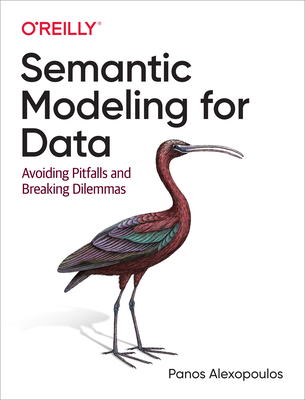What do you think?
Rate this book


328 pages, Paperback
Published September 29, 2020
The main reason why I have structured the book around pitfalls and dilemmas and haven’t given you a set of recipes for building the perfect semantic model is that I have no idea what such a model looks like for your domain, data, and application context. In other words, my map does not necessarily reflect your territory.